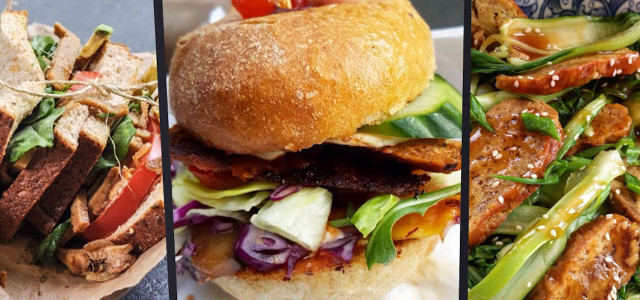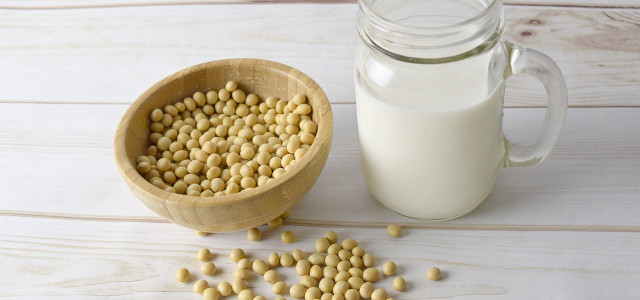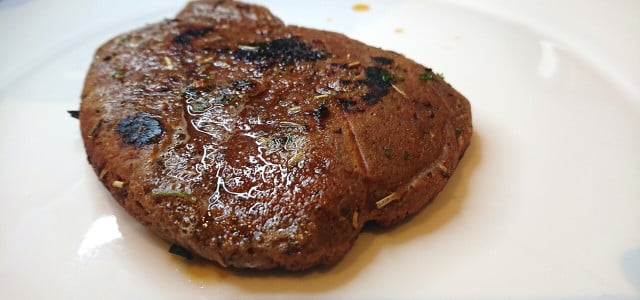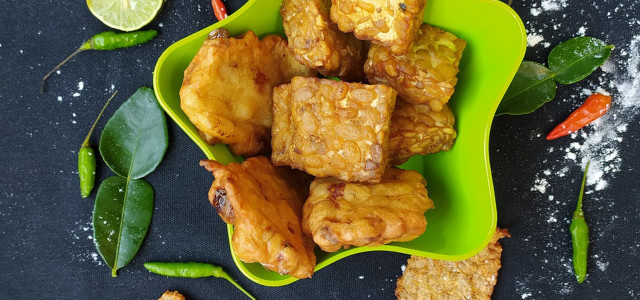What is seitan, and what makes it a nutrition megastar? Learn more about what seitan is made of and how to make this vegan meat alternative at home.
Vegans and vegetarians aren’t the only ones who love seitan. People with rheumatism and high cholesterol also appreciate this protein-rich meat alternative, as do omnivores and flexitarians who just want to take an occasional break from meat. Its chewy, hearty texture satisfies meat cravings better than many other plant-based meat alternatives. But what is seitan? What is it made of, and is it really nutritious?
What is Seitan and Where Does It Come From?
You might be surprised to learn that seitan is not some new-age, over-engineered hipster food. Far from being the food industry’s latest science project, seitan is made of a natural and familiar protein and has been around for centuries.
What is seitan made of? It contains wheat gluten, the water-insoluble protein that holds bread together. Zen monks, who traditionally follow a vegetarian diet, have made it for hundreds of years. They relied, in part, on seitan for balanced nutrition. These days, it comes seasoned and packaged in many different ways: as meat-free burgers, sausages, gyros and salami — even as full-blown Christmas roasts.
But as more and more vegan meat alternatives show up on the market, the quality of the products has also changed. It can be easy to assume that meat-free products are automatically ethically and sustainably produced. Unfortunately, that’s not the case.
Cheap seitan exists on the market and is just as questionable as any other conventionally-produced food. The sourcing of wheat, the production process and working conditions are often opaque. When choosing a product, read the labels carefully and buy organic as often as possible.
Seitan Nutrition: Is It Healthy?
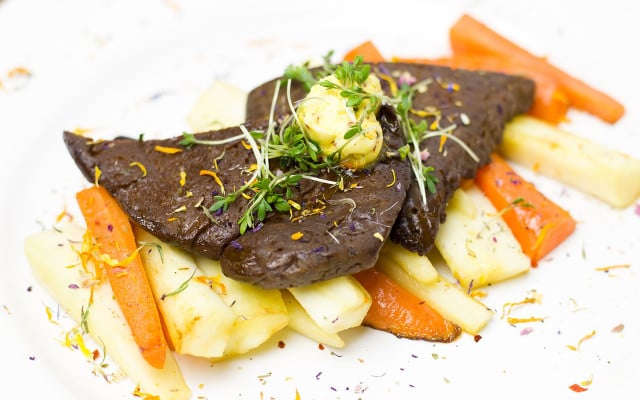


Let’s take a look at seitan’s nutrition facts to decide if it’s healthy. On average, 100 grams of seitan contains:
- 25-20 grams of protein
- 2 grams of carbohydrates
- 2 grams of fat
- 150 calories
The same portion of tofu contains 10-15 grams of protein, 2 grams of carbohydrates, 5 grams of fat and 130 calories.
Because of its high protein-to-fat ratio, the wheat-based meat alternative makes an excellent addition to any healthy diet. However, the protein in seitan — as opposed to the protein in tofu — is not a complete protein. Complete proteins contain all nine essential amino acids the human body doesn’t produce. Seitan contains low lysine, so doesn’t quite make the cut. However, it is traditionally seasoned with soy sauce, which does contain lysine. Tamari soy sauce is particularly high in lysine.
There is one catch: Seitan is made of 100% gluten, so it isn’t an option for people with Celiac disease or any gluten sensitivity.
Tip: Often, seitan comes pre-seasoned or marinated and can contain high sodium. Always check the nutrition facts on the packaging before purchasing.
How Is Seitan Made?
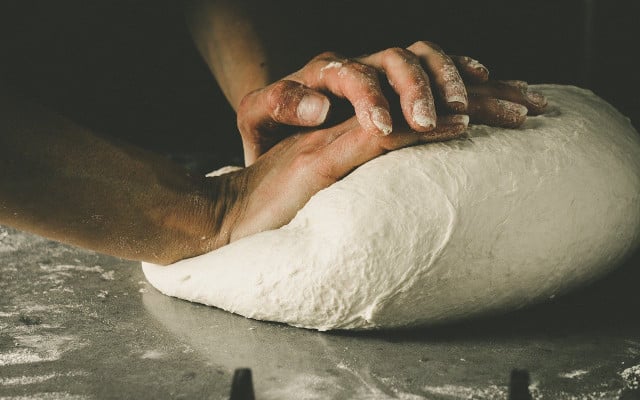


You now know what seitan is made of: wheat gluten. Now, how is it made?
The process is simple and doesn’t require special ingredients. You can even make it at home. Just follow two simple steps:
- Make a dough of wheat and water. It causes the formation of long protein chains (gluten), which hold the surrounding starchy mass together.
- To make seitan correctly, you need to separate the gluten from the starch. Since gluten is not water-soluble — but starch is — simply wash away the starchy component by rinsing the dough several times with water.
If that sounds like too much work, there is a cheat:
Many health food stores and supermarkets sell vital wheat gluten, which is basically seitan that has been extracted from the dough, dried and ground into flour. Just add water and season. It doesn’t have much taste on its own but absorbs flavor well from herbs, spices and marinades.
Seitan keeps fresh in the refrigerator for about a week when you store it in an airtight container. You can also freeze it and thaw it out later.
Tip: If you can’t find vital wheat gluten locally, order it on Amazon**.
Environmental Impact
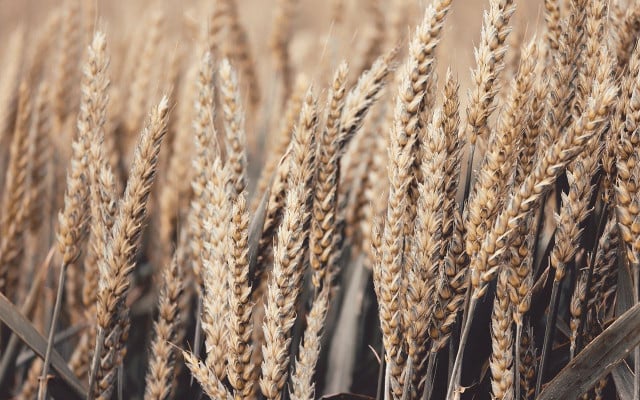


While seitan requires more water than tofu to produce, wheat production (at least when organically grown) is not as environmentally destructive as soybean plantations. According to the WWF, soybean monocultures are tied to the mass destruction of the Amazon rainforest, which is an important biodiversity hotspot and home to many tropical rainforest ecosystems and vulnerable species that exist nowhere else in the world. Plus, the expanding soy industry is causing the displacement of smallholders in South America, who grow crops for subsistence, by huge soybean plantations.
The takeaway: If you buy seitan, choose an organic, non-GMO brand. If you choose to buy tofu instead, be sure to avoid products that use soybeans from South America.
Do you like this post?






